White gas can be seen rising into the sky from the site of the Aberdeen incinerator today, as the facility has taken its first delivery of non-recyclable waste to burn.
The £156 million Ness Energy from Waste plant has now officially entered the “hot commissioning” phase, which is the process of actually firing up the incinerator for testing purposes.
Once it’s fully operational, it will burn 150,000 tonnes of rubbish that can’t be recycled from Aberdeen, Aberdeenshire and Moray every year.
Today, the site has accepted its first delivery of waste for this initial commissioning period.
Huge plumes of white gas can today be seen billowing into the sky from the East Tullos incinerator, which can be spotted on the skyline from across Aberdeen.
What is the white gas coming out of the Aberdeen incinerator site?
The council says that during the hot commissioning period, steam will be visible coming out of the stack above the incinerator “as the exhaust gases cool”.
The local authority said steam cleaning will also be taking place, and the stack “may also expel any dust that has gathered in the equipment, and there may be some noise as this is released”.
“This is a normal and temporary part of the commissioning process and presents no risk to the public,” the council says.
Although nothing is currently coming out of the stack, the council has confirmed that the white gas currently visible is indeed steam, or water vapour.
A spokeswoman said: “It doesn’t come from the stack at this stage as it is part of the steam blowing process, this is temporary whilst pipes are cleaned with steam and is a normal part of the operation at this stage of commissioning.”
The Scottish Government’s environment watchdog previously said the incinerator has ‘no potential for significant pollution’.
However, concerns have been raised about its environmental impact once it is fully operational.
Incinerator will be ‘valuable asset’ to the north-east, says council co-leader
Ian Yuill, co-leader of Aberdeen City Council, said the hot commissioning phase is “an important step towards completion of the project and meeting our objectives for waste management”.
He added: “When the facility becomes fully operational later this year, it will become a valuable asset to councils in the north-east for the disposal of waste, and energy generation, and will contribute to our overall net zero ambitions.”
Find out about what’s next for the incinerator and what the council hopes to achieve with it.
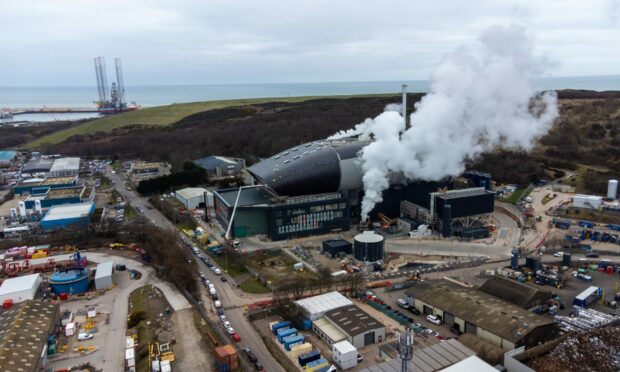

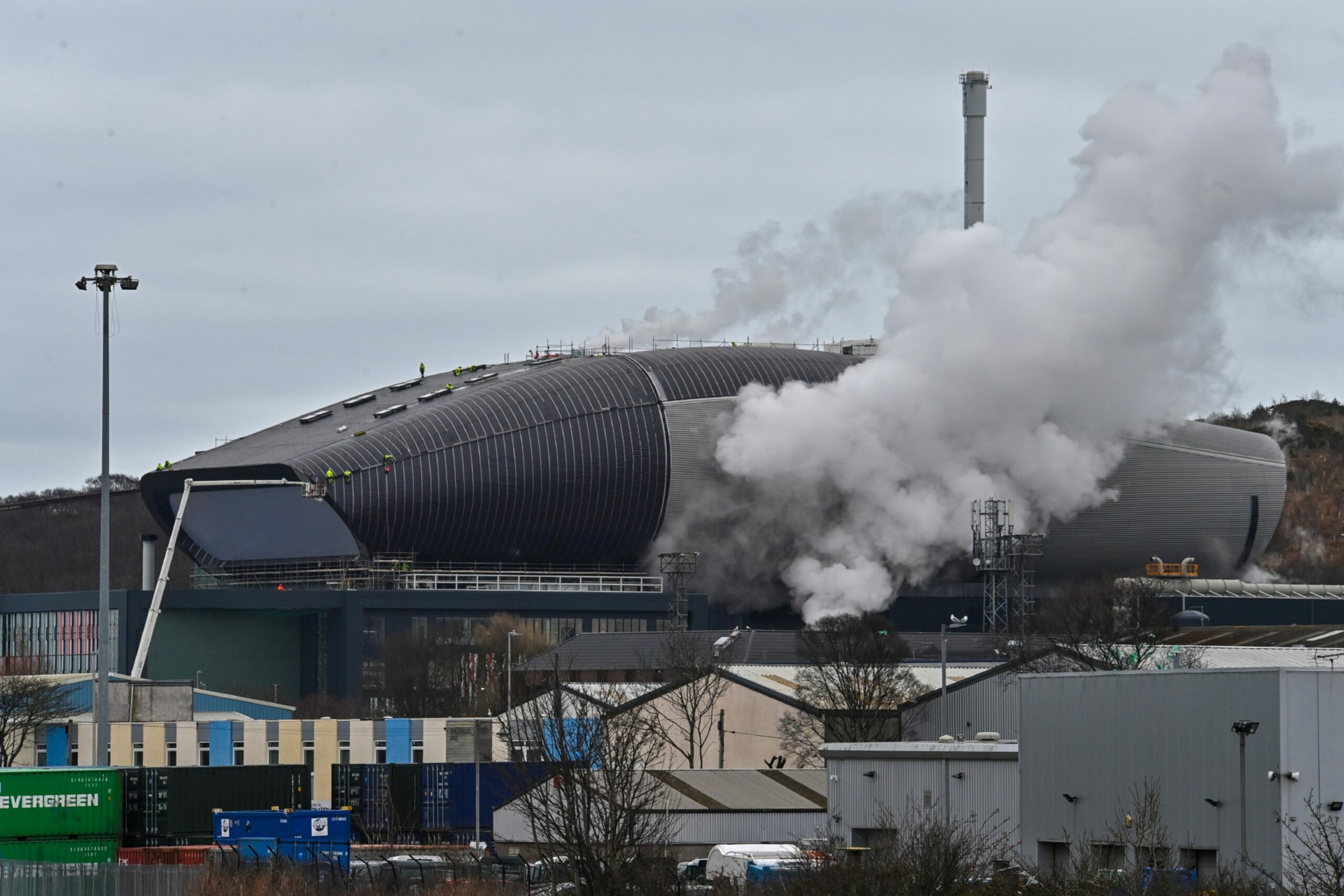
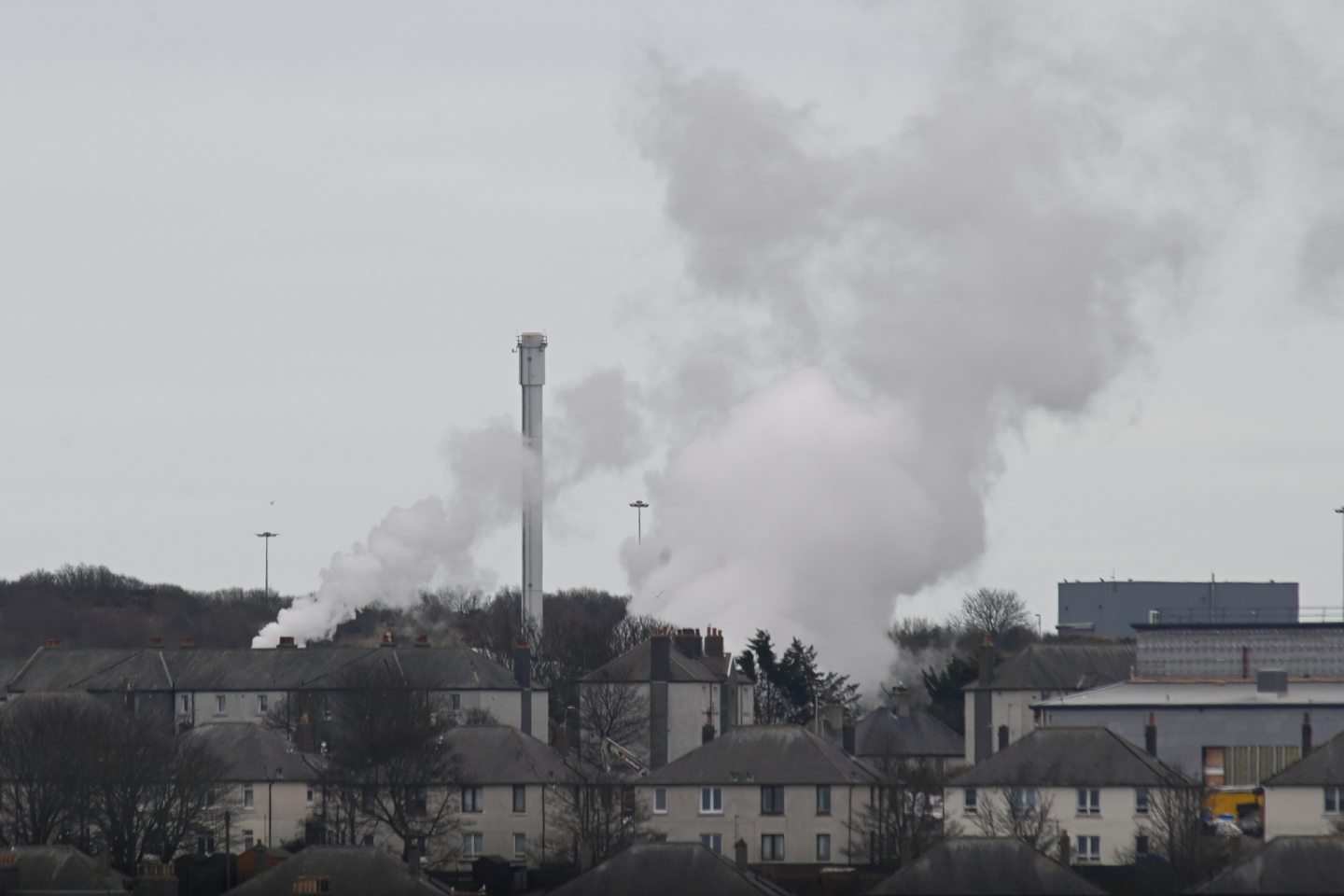
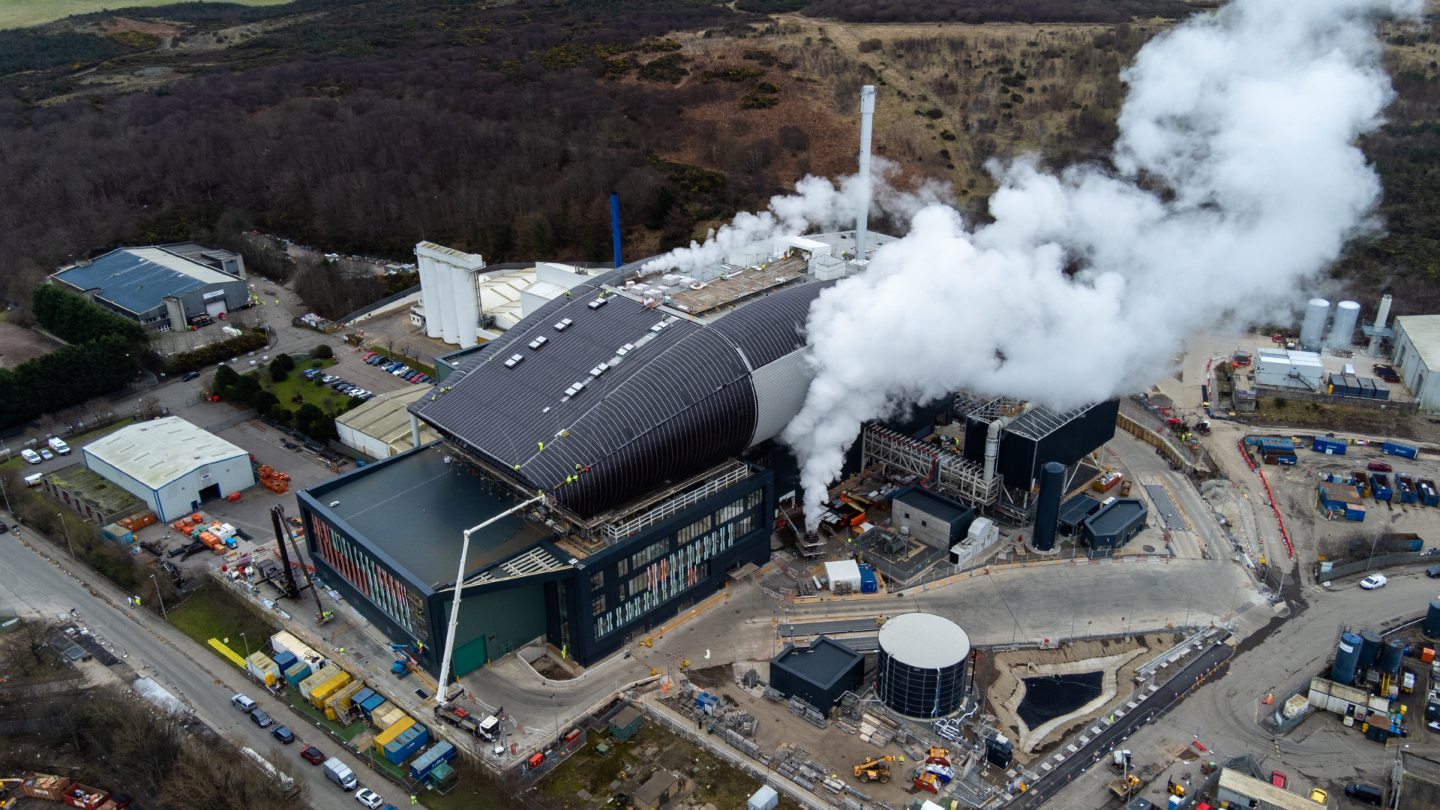
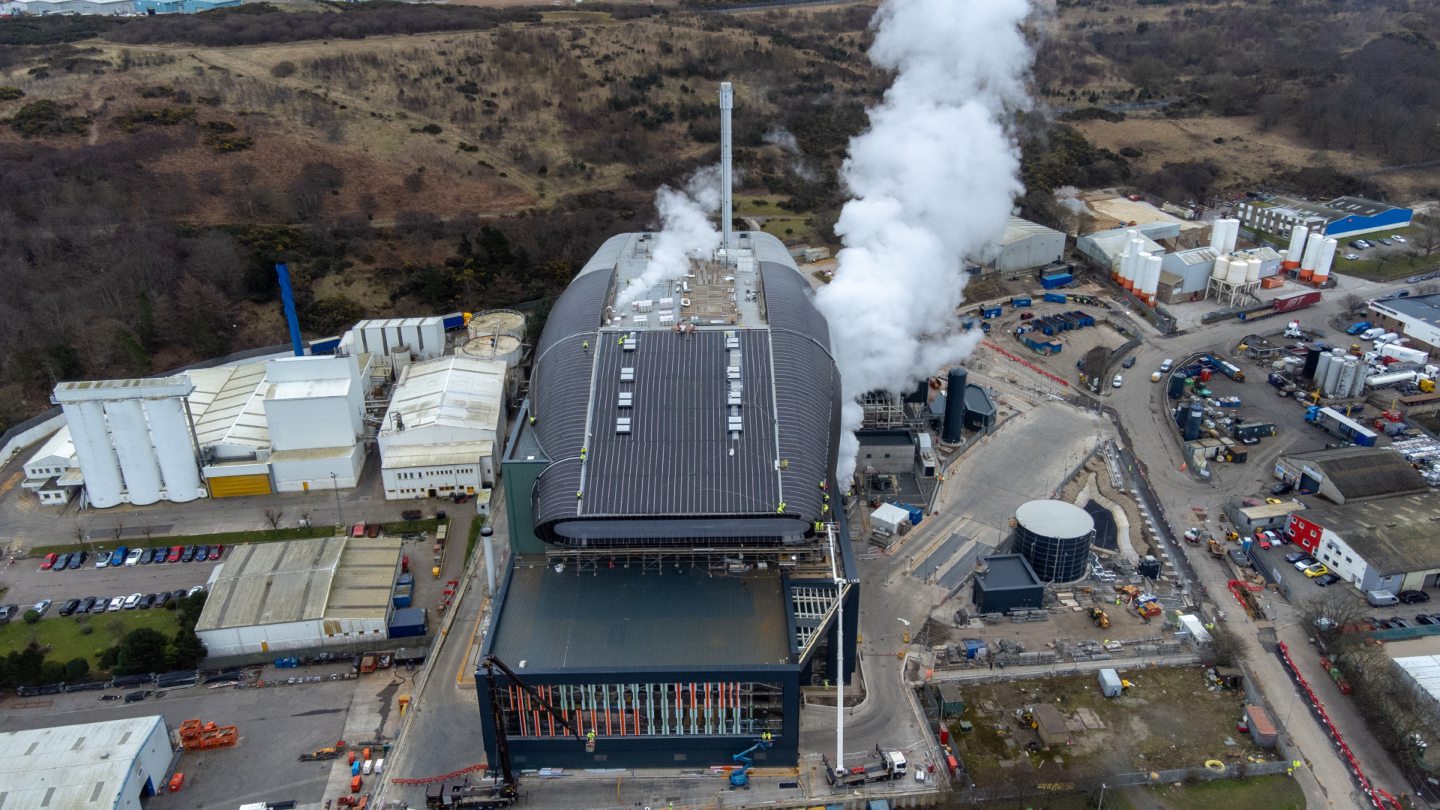
Conversation